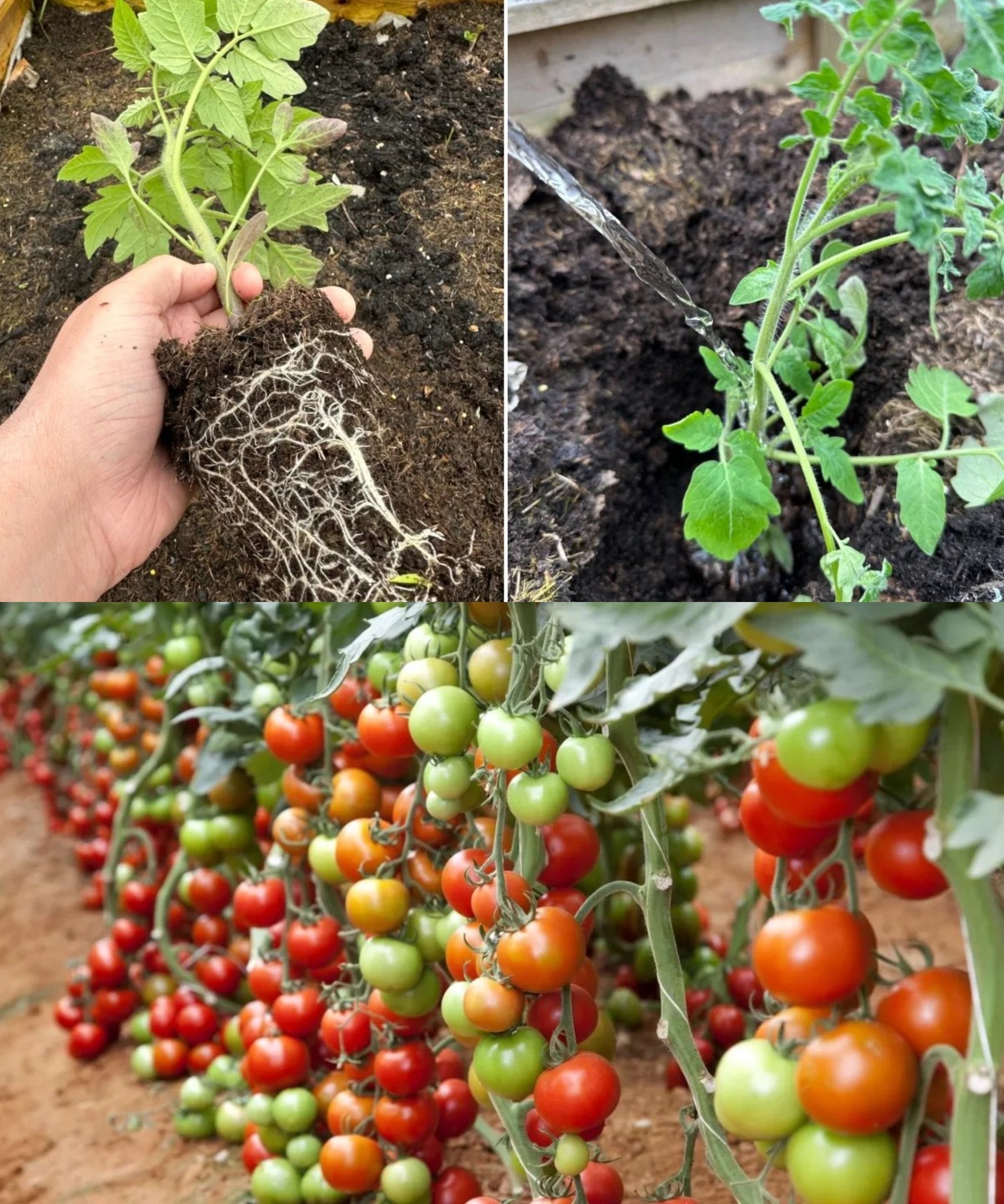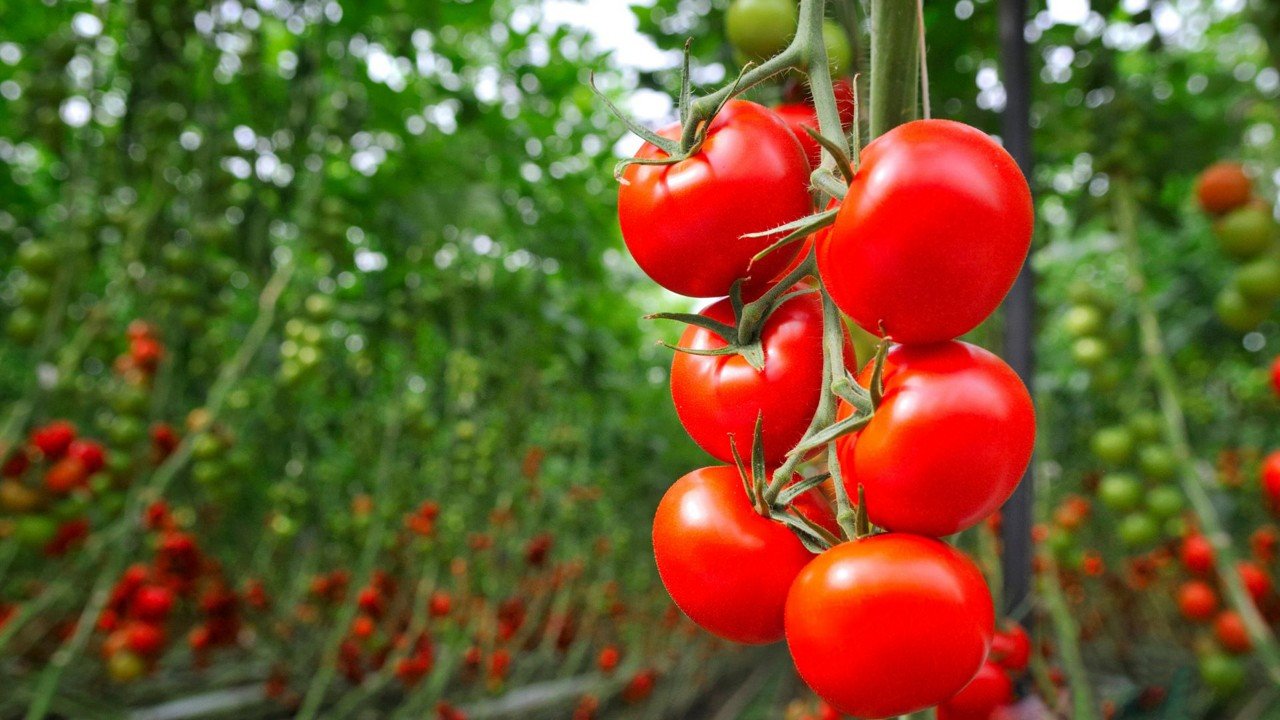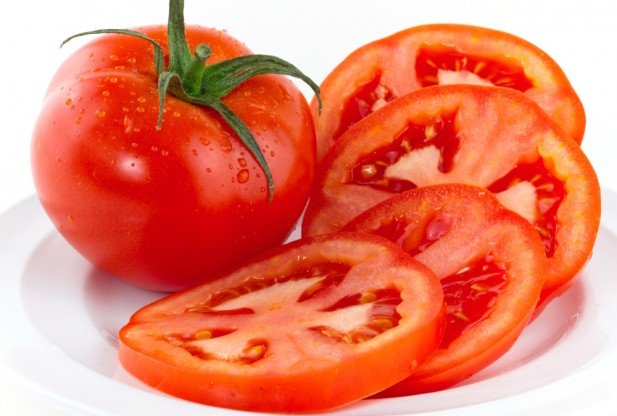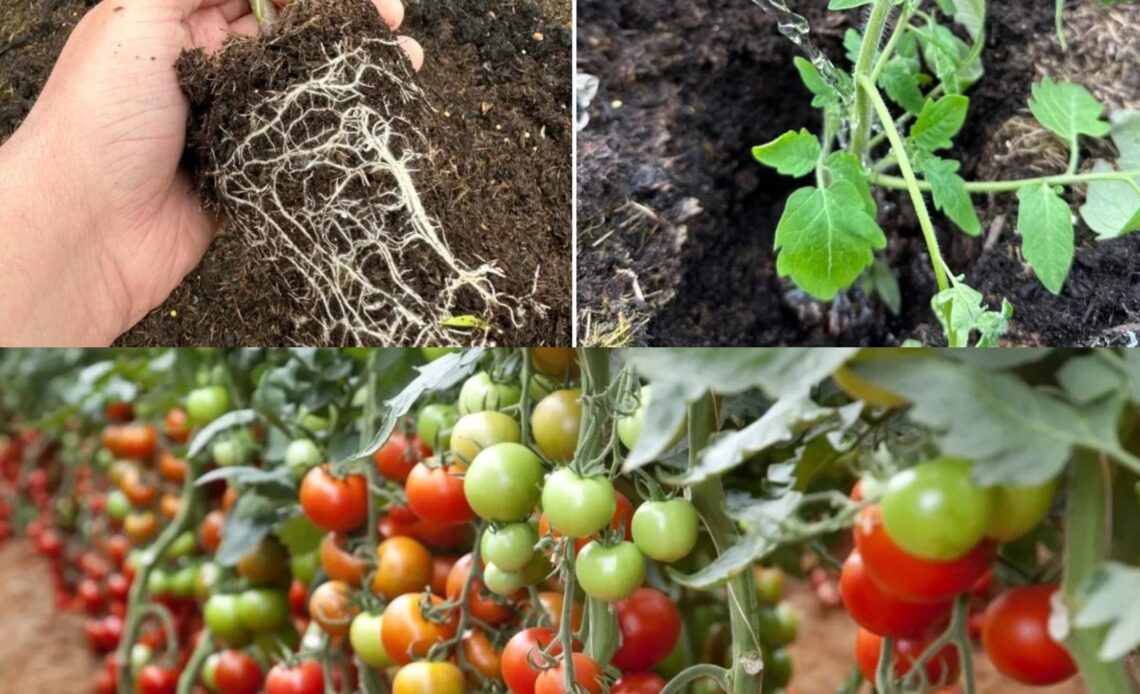Tomatoes are one of the most popular crops among home gardeners, offering fresh, juicy fruits packed with flavor and nutrients. However, growing tomatoes successfully requires more than just planting seeds and watering them occasionally. Many gardeners, both beginners and experienced, make mistakes that can lead to poor yields, weak plants, and even complete crop failure.
To ensure a bountiful tomato harvest, avoid these common mistakes and follow best practices to keep your plants healthy and productive.
### 1. Choosing the Wrong Planting Location

Tomatoes need plenty of sunlight to thrive. They require at least 6 to 8 hours of direct sunlight daily. Planting tomatoes in a shaded or overcrowded area can stunt their growth and reduce fruit production.
**How to Fix It:**
– Select a sunny spot with good air circulation.
– Avoid planting tomatoes near tall plants or structures that can cast shadows.
– Ensure enough space between plants to prevent overcrowding.
### 2. Poor Soil Preparation
Tomatoes thrive in nutrient-rich, well-draining soil. If the soil is too compact, depleted of nutrients, or has poor drainage, plants will struggle to grow and produce fruit.
**How to Fix It:**
– Use a soil mix that includes compost, organic matter, and well-rotted manure.
– Test soil pH and ensure it falls between 6.0 and 6.8 for optimal growth.
– Avoid planting tomatoes in the same spot year after year to prevent soil depletion and disease buildup.
### 3. Watering Mistakes
Watering issues are one of the biggest reasons for tomato plant failure. Overwatering can cause root rot, while underwatering can lead to blossom-end rot and stress the plants.
**How to Fix It:**
– Water deeply but infrequently, about 2-3 times per week, depending on climate conditions.
– Apply mulch around the base of plants to retain moisture and prevent soil from drying out too quickly.
– Use drip irrigation or a soaker hose to deliver water directly to the roots.
### 4. Planting Too Early
Tomatoes are warm-season crops that do not tolerate cold temperatures well. Planting them too early, when the soil is still cold, can stunt their growth and make them vulnerable to disease.
**How to Fix It:**
– Wait until after the last frost date in your area before planting tomatoes outdoors.
– If starting seeds indoors, transplant them only when nighttime temperatures remain consistently above 50°F (10°C).
– Use row covers or plastic tunnels to protect young plants from unexpected cold snaps.
### 5. Lack of Staking or Support

Tomato plants become heavy with fruit and require proper support to prevent branches from breaking or touching the ground, where they are more likely to rot or become diseased.
**How to Fix It:**
– Use cages, stakes, or trellises to provide support as the plant grows.
– Tie plants loosely with soft garden ties to prevent damage.
– Regularly check and adjust supports as the plant grows taller and heavier.
### 6. Ignoring Pests and Diseases
Common tomato pests include aphids, hornworms, and whiteflies. Fungal diseases such as blight and powdery mildew can also wreak havoc on plants if left untreated.
**How to Fix It:**
– Inspect plants regularly for signs of pests or disease.
– Use companion planting, such as marigolds or basil, to naturally deter pests.
– Apply organic pesticides or neem oil if infestations occur.
– Prune lower leaves to improve air circulation and reduce disease risk.
### 7. Over-Fertilizing
Too much fertilizer, especially nitrogen-rich types, can cause excessive leaf growth at the expense of fruit production. This leads to lush, green plants with very few tomatoes.
**How to Fix It:**
– Use a balanced fertilizer with moderate amounts of nitrogen, phosphorus, and potassium.
– Apply compost or organic matter instead of synthetic fertilizers.
– Feed plants every 2-3 weeks with a diluted organic fertilizer to maintain healthy growth.
### 8. Improper Pruning
Pruning is essential for good airflow, reducing disease risks, and directing energy towards fruit production. However, excessive pruning can weaken plants, while no pruning at all can lead to overcrowded growth.
**How to Fix It:**
– Remove lower leaves and suckers to improve air circulation.
– Avoid over-pruning, which can expose fruits to excessive sun and lead to sunscald.
– Use clean, sharp pruning shears to avoid damaging the plant.
### 9. Late Harvesting

Leaving ripe tomatoes on the vine for too long can attract pests, encourage rot, and reduce the overall productivity of the plant.
**How to Fix It:**
– Pick tomatoes when they are fully colored but still slightly firm.
– Regularly check plants and harvest ripe fruits to encourage continuous production.
– If cold weather is approaching, pick green tomatoes and let them ripen indoors.
### 10. Growing Tomatoes in the Same Spot Every Year
Tomatoes are heavy feeders and are susceptible to soil-borne diseases. Growing them in the same spot annually increases the risk of nutrient depletion and disease buildup.
**How to Fix It:**
– Rotate crops yearly, planting tomatoes in a different area each season.
– Avoid planting tomatoes after other nightshade family plants, such as peppers, potatoes, and eggplants.
– Use cover crops like clover or beans to replenish soil nutrients between tomato-growing seasons.
### Final Thoughts

By avoiding these common mistakes, you can grow stronger, healthier tomato plants and enjoy a more abundant harvest. Whether you are a beginner or an experienced gardener, paying attention to these details will significantly impact the quality and quantity of your tomatoes.
Which tomato variety are you growing this season? Apply these tips and watch your garden thrive
